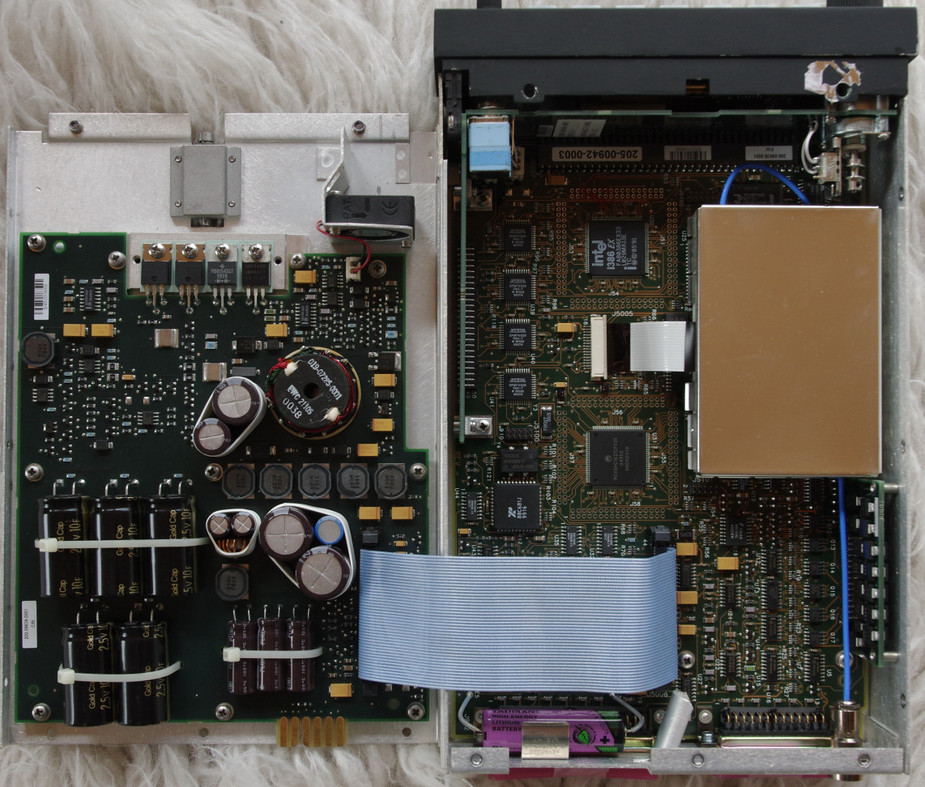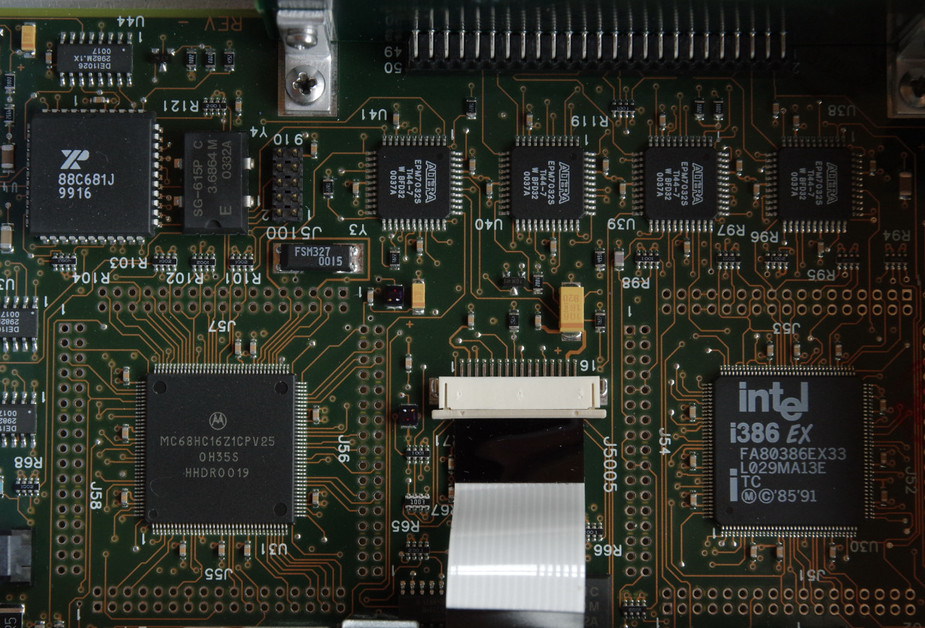I like this thread. If you have ever used an old King 170B or 175 Nav Comm with a sloppy frequency selector dial then you will find the problem is the detent spring.
This spring holds the brass cogs in the correct place as you dial in the frequency. Often this spring is worn or snapped on one side. Here is a King 170 B before and after a respray and some overlay panels.
Always liked the king 170\5 units. No manual required for the students on how to use it.
That refurbished unit looks lovely but is it really worth it? The units won’t go on for ever and with 8.33 coming the are going to be box two at best.
Having said that I think i would like one.
Carrying on with my theme of old school avionics………….here is a KMA20 Audio panel which was looking a bit tatty before and after a re-spray and some overlay decals.
The guts is just switches, transistors and an old school audio transformer presumably for the speaker output.
I agree with Bathman but the old King radios do still have a market value in the United States where they don’t have all of this 8.33 nonsense going on!
Thanks to all for a great forum – Archer-181
Bathman wrote:
Always liked the king 170\5 units. No manual required for the students on how to use it.
The same is true for the small Trig Radios. Audio quality is much improved over the old Kings, though. I do like their feel, but I do like the much improved audio quality of the more modern radio.
What is amazing is how “spare garage workshop” this mainstream stuff is.
I have been in electronic manufacturing since 1978. I was 21 then, and worked from here

There was no heating (that we could afford to run 24/7) so in the winter the water pipes would freeze up and the joints came apart, and when I arrived in the morning I saw the two parts of the joint held apart by a slug of ice about 2cm long.
But even then we managed to turn out professionally designed electronics. Everything including connectors and switches was on a PCB, for a start. Cabling was done with pre-made ribbon cables.
The KMA20 is a piece of s**t in terms of attention paid to manufacturability. Whoever was running that business was straight out of college and his biggest achievement was this. The labour content was massive. But then they – as is always the case in avionics; a GTX330 costs only about $200 to make and put on the shelf at Garmin – sold the gear for 10x to 30x the parts+labour figure so probably didn’t care.
The silly pricing of avionics has protected this business for all those decades.
Compare the KMA20 with a KLN94


Peter wrote:
The silly pricing of avionics has protected this business for all those decades.
When has pricing ever been related to cost, especially in a small market such as avionics. That is a recipe for bankruptcy. :)
NCYankee wrote:
When has pricing ever been related to cost, especially in a small market such as avionics. That is a recipe for bankruptcy.
Right you are, yet one could take a leaf from software engineers’ book, and start a non-profit open-source avionics project that would do a proper design for manufacturability, maintainability and certifiability. It won’t be very quick, but the final product will give a lot more bang per buck than most commercial avionics today. I am not up to the task of leading such an undertaking, but I would gladly contribute my effort. @Peter, what’s your take on that?
In certified avionics, it isn’t possible because of the organisational (manufacturing facility) QA requirements, etc.
You could do it in the homebuilt world and I would be surprised if nobody has, given how many people fly with e.g. Ipads screwed to the instrument panel. You could do an open-source EDM700-lookalike kit, Shadin Microflo-lookalike kit, etc. But then I think all those opportunities are being eaten by glass cockpits where the fuel totaliser is just a bit of code which reads the flow transducer pulses via an interrupt.
Peter wrote:
In certified avionics, it isn’t possible because of the organisational (manufacturing facility) QA requirements, etc.
The project itself may procure a design organisation approval in due course. As to the actual certification burden, looking at the internals above, I get an impression that a major reason behing notoriously high costs of certification is the lack of design effort to make it cheaper by using technologies that make the fulfilment of some certification requirements either automatic or at least easier.
A certified Trig radio doesn’t cost much more than a non certified MGL. Glass panels are a whole different thing though, but a non certified g900x system costs at least 70k, almost 10x as much as a roughly equivalent Dynon system or g3x touch system from Garmin.